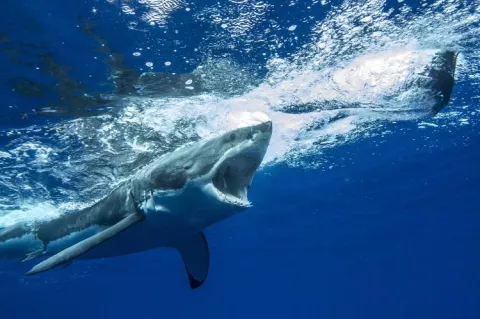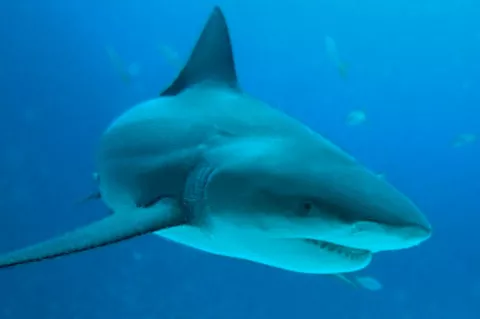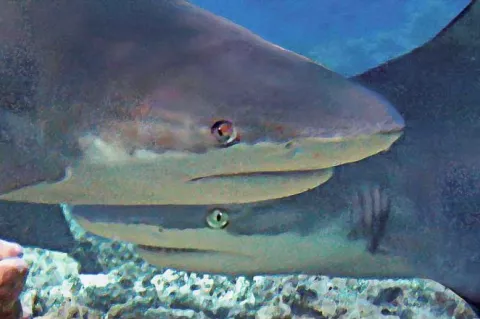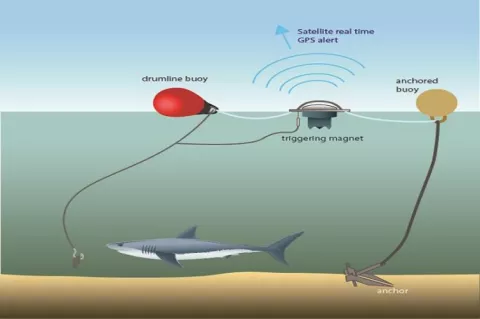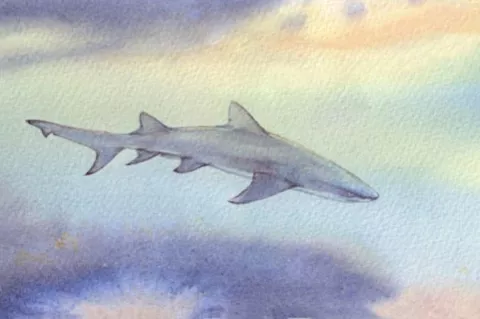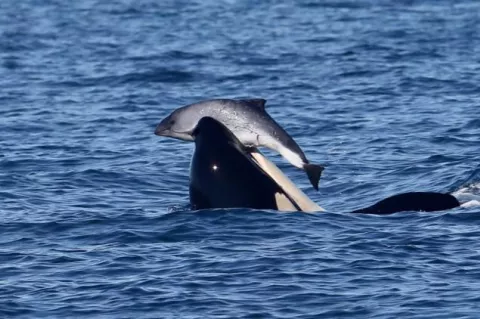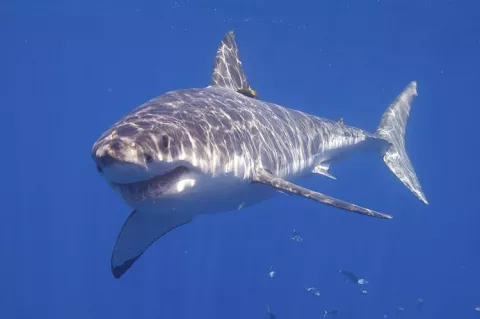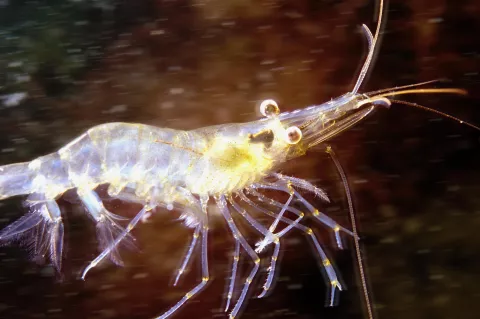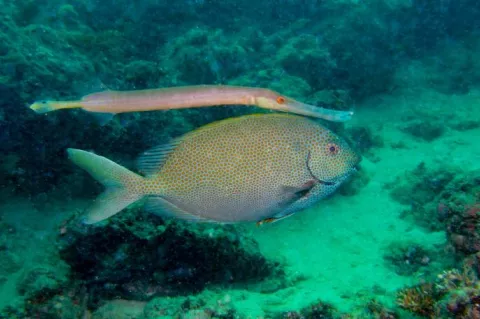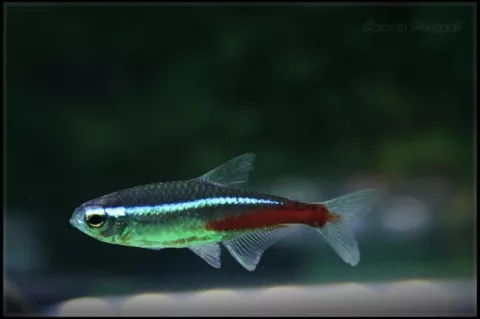Behaviour
Individual Personalities Found in Bull Sharks
Conventionally, shark behaviour has been perceived as largely instinctive and uniform across individuals. However, a team of researchers, led by Thomas M. Vignaud, have upended this notion, uncovering a spectrum of individual personalities among bull sharks frequenting feeding sites.
Behavioural Complexity of Sharks
Recent scientific efforts have begun to unravel the complexities of shark behaviour, challenging age-old perceptions, and revealing a world of intelligence and sophistication hidden beneath the waves. Ila France Porcher reports.
Catch-and-release deters sharks from beaches
Researchers conducted trials using SMART drumlines in New South Wales, Australia, to catch and release sharks, particularly White Sharks. The study aimed to quantify the short-term post-release movements and the longer-term fate of these sharks.
Sharks were caught using SMART drumlines deployed about 500 meters from shore. Once captured, they were quickly secured to a research vessel, minimising potential injuries. The sharks were tagged with satellite-linked radio transmitting tags and acoustic transmitters to monitor their movements post-release.
Enigmatic world of shark and ray behaviour unveiled
Elasmobranchs have become lucrative targets with the depletion of traditional fish stocks and the surge in the shark fin trade. Although, in recent decades, much scientific evidence has challenged traditional misconceptions, stereotyped media portrayals persist, and they hinder conservation efforts. So, this special issue was created to highlight the complex behaviour and cognition of sharks and rays.
Why are orcas killing porpoises?
A comprehensive study published in the journal Marine Mammal Science analysed over 60 years of recorded interactions between Southern Resident killer whales (SRKW) and porpoises in the Salish Sea. This endangered population of orcas, known for their fish-based diet, particularly Chinook salmon, has been involved in numerous incidents of porpoise harassment, leading to the deaths of many porpoises.
Possible explanations
The study proposes three main reasons for this behaviour:
Not all great white sharks journey alone
Two male great white sharks, named "Jekyll" and "Simon", tagged off Georgia's coast in December, displayed a groundbreaking migration pattern.
From April, Jekyll and Simon's joint journey saw them traverse the Atlantic Coast, passing places like Ocracoke and Virginia Beach in a synchronised manner. While sharks sometimes gather for mating or feeding, their migrations are usually solitary.
Hungry shrimps get smarter
Behavioural innovation is thought to play an important role in enabling animals to cope with environmental change. Research on animal innovation has focused on terrestrial and freshwater vertebrates, but few animals face environmental variation as extreme as those living in littoral zones, where physical and social conditions change dramatically from moment to moment.
- Read more about Hungry shrimps get smarter
- Log in to post comments
The trumpetfish's unique hunting strategy
The trumpetfish, with its long, slender body, shadows non-threatening species like the parrotfish. This allows it to get closer to its prey, such as damselfish, without being detected. Dr Sam Matchette, a leading researcher from the University of Cambridge, explains that when the trumpetfish swims alongside another species, it either remains hidden or is not recognised as a threat due to its altered shape.
Neon tetra fish wait their turn when evacuating through narrow opening
Scientists have observed neon tetra fish queuing up when exiting through a narrow opening, according to a study in the journal Scientific Reports.
In the study, Aurélie Dupont, a biological physicist in the Laboratoire Interdisciplinaire de Physique at University Grenoble Alpes, and her team set up two fish tanks connected to each other by a narrow opening. The diameter of the passageway varied from 1.5 to 4 centimeters.

